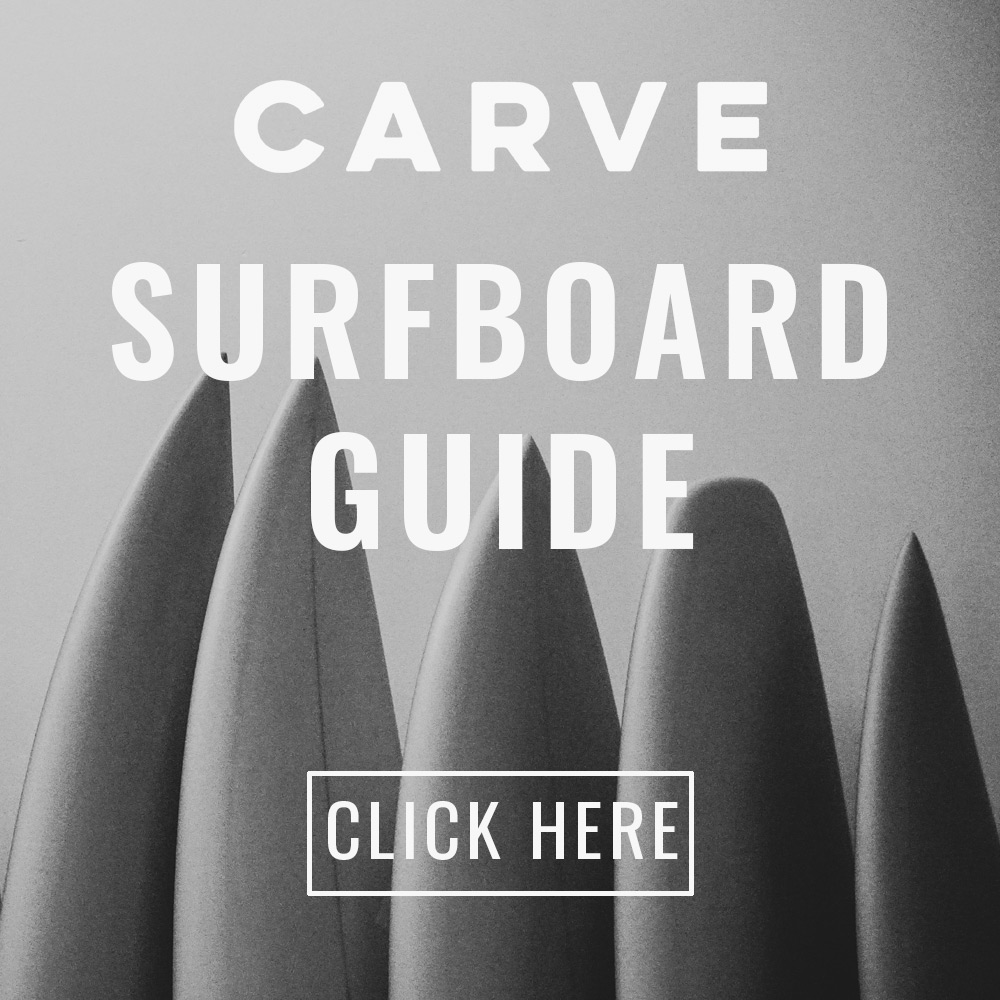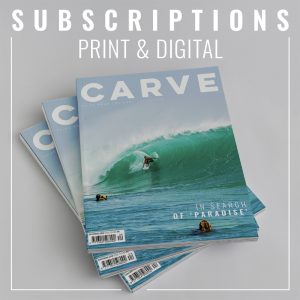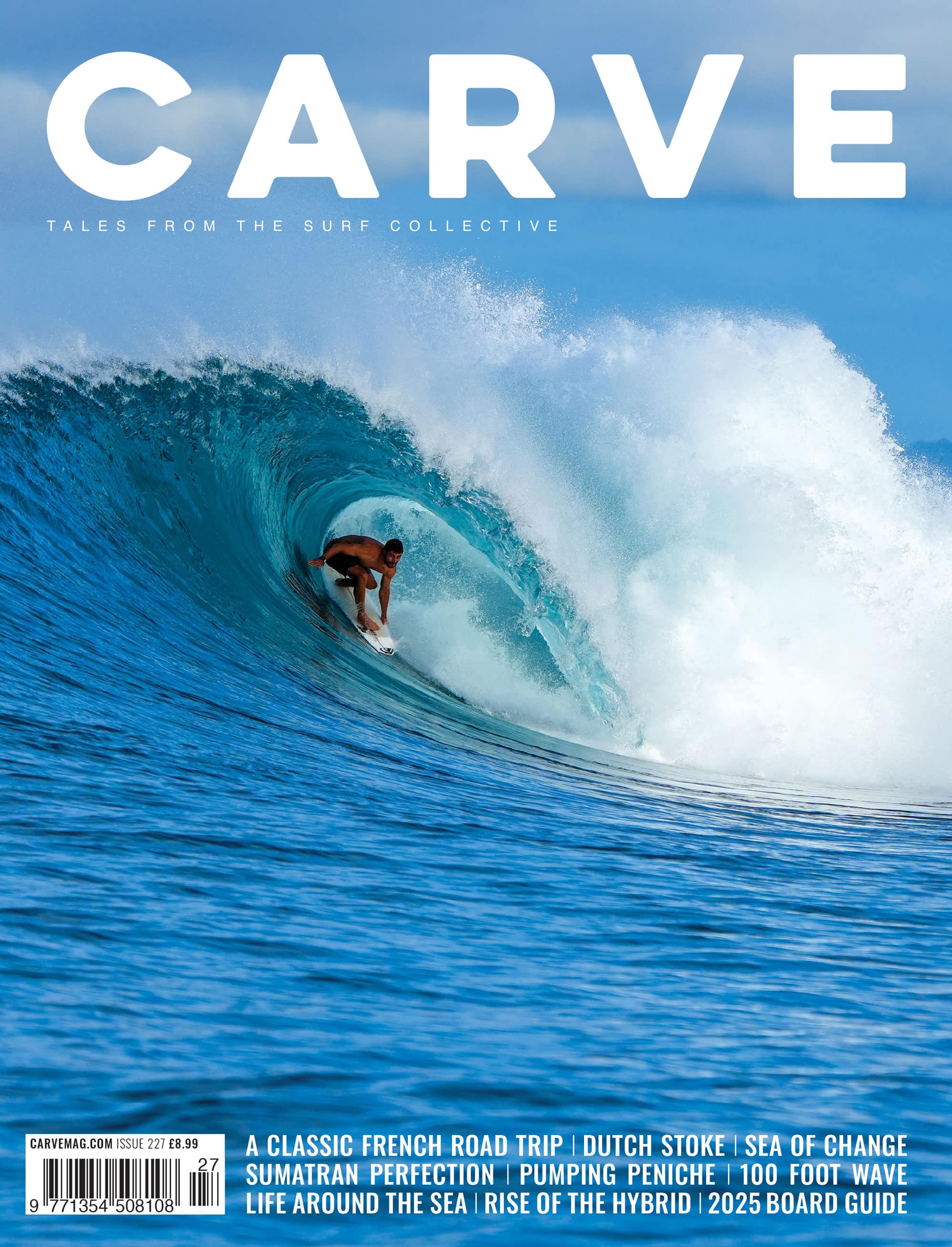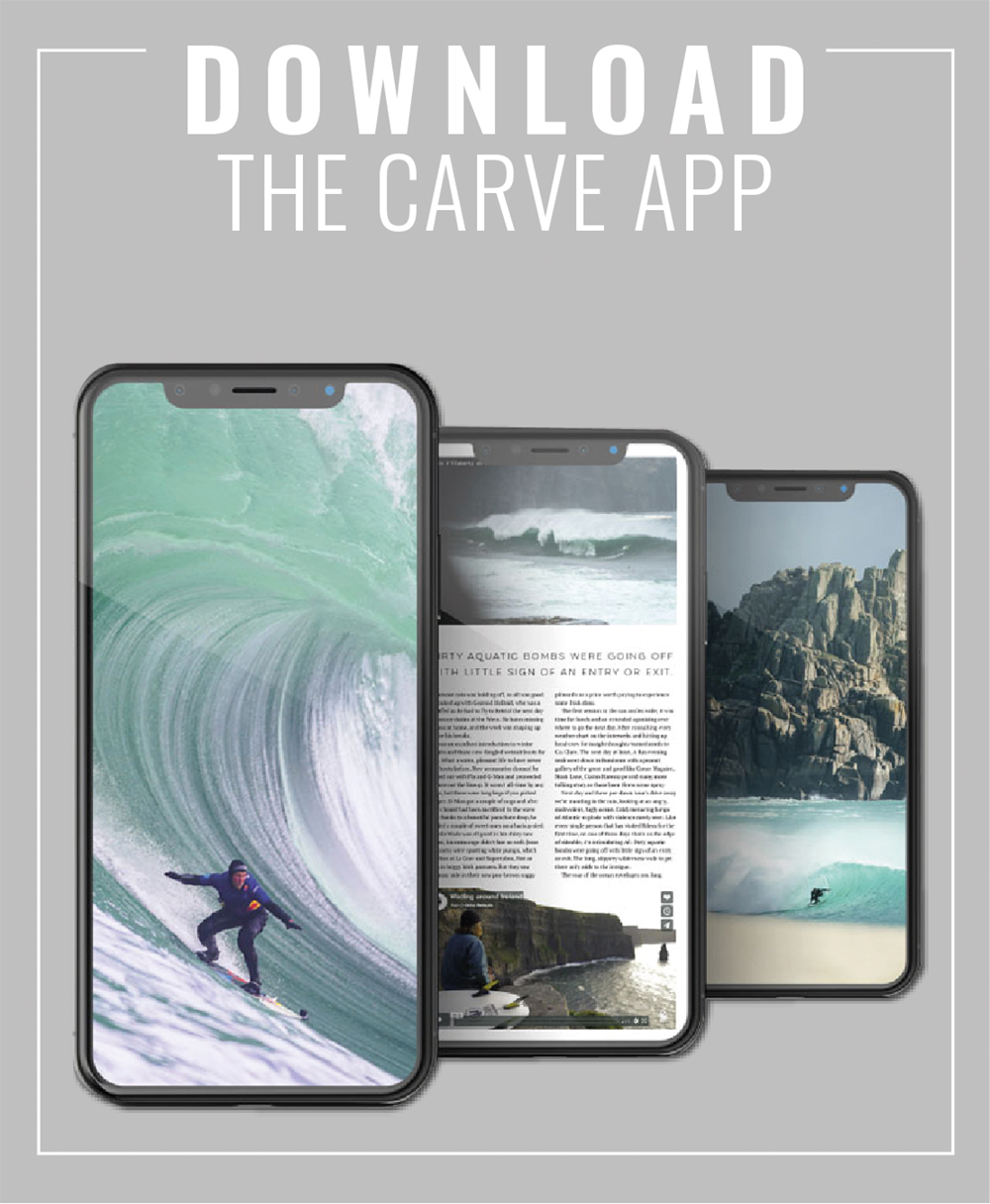Below the breaking waves, ocean culture life

Matt Porteous documents his passion for the ocean by capturing the beauty below the breaking waves. Dynamic flow, colour, vision, depth of field and charm all contribute to Matt’s photographic perspective.
Interview by Steve England Photos by Matt Porteous
Having grown up along the rugged coastline of Jersey in the Channel Islands, Matt has surfed, dived and swum his way into a peaceful and respectful relationship with the sea. His first yellow, underwater Minolta accompanied him everywhere. It was through that simple lens that he learnt to capture the sublime beauty of nature.
What Matt photographs, perhaps, is a sense of freedom and a sense of adventure. His latest project Ocean Culture Life, built from passion alongside a friend and ocean filmmaker Googsi aims to form an ecosystem of oceanographers, free divers, surfers, filmmakers, lifeguards and ocean dreamers whose lives have been shaped by the sea. In short, OCL is a global community of positive ocean storytellers who collaborate on various projects. OCL’s team creates thumb stopping content for their network of ambassadors and charities, collectively spreading awareness on all things ocean related.
We caught up with Matt to discuss Ocean Culture Life and how he plans to harness the power of the ocean to nurture a meaningful connection between mankind and nature.

“The more we all understand the ocean, the more we appreciate and want to protect it”
What inspired you to take the camera beneath the surface?
It’s a world that many are afraid to explore and most don’t take the time to view. It fascinates me every time I step into the water.
What’s so different about shooting underwater?
The freedom you feel, a meditated state with open eyes looking up from below the surface resembles a fast moving storm of change above. I find it hard to feel this relaxed anywhere but in the ocean. Even after hundreds of immersions, every time I descend to capture my surroundings I am arrested by that same sense of wonder and humbleness.
How does your lifestyle inspire you?
When you’re born on an island and you grow up on its shores, the ocean shapes you. You gain a certain respect for the ocean, a respect and love that only people connected with the ocean can truly understand.

Why is OCL central to what you do?
I work in a busy commercial world, my ocean life has always been my release, a personal love. I’m passionate to focus my time creating art that I feel passionate about and hopefully touching the hearts of people with the same love. There’s too much negative energy in the world, I feel motivated to create something positive.
What’s inspired you to dedicate so much of your time to a project with no clear profit?
I recently heard a quote “ There are two important days in our lives. The day we are born and the day we realise why”
My work is built on passion not money, I first wanted to share what I see with the world, now I want to invite ocean storytellers to join and share their stories with the world. Helping shine light on ocean ambassadors and projects along the way.

What is on the agenda for you and OCL this summer?
We’re currently organising a local event here in Jersey which aims to celebrate World Ocean Day. We have invited anyone with a love for the ocean to St.Ouens bay for a night walk to shine a light on change. This is all about supporting local charities, conservationists and whoever shares a similar respect for the ocean. We plan to use the content captured on this day to highlight World Ocean Day moving forward and hopefully inspire local communities around the UK to get involved and host their own awareness event.
Who are your ambassadors and what’s their involvement?
Our ambassadors are a network of like minded individuals who all share a common love for the ocean. They are freedivers, lifeguards, filmmakers, fishermen, photographers, ocean conservationists, charity founders, journalists and entrepreneurs. We may not have the same occupations, religions or even locations but we all share the same respect for one thing… our oceans. Which is why we all depend on OCL to become the platform to collaborate and support hot topics, pressing issues and help steer change to healthier oceans.

Where does your funding come from?
Money raised from print sale’s, merchandise and corporate sponsors are all put back into funding OCL projects, capturing powerful content which tells a story. Each item of OCL merchandise holds a token value which individuals can award to their chosen OCL cause via our website. The token scheme allows us to record which topic our community would most like us to support with our award winning content. All profit is then injected back into creating content for our ambassadors and charities.
What motivates you to continue doing what you’re doing?
The privilege to share our experiences with the world how OCL observes, records and celebrates the cultures of the oceans with communities and our audiences. What better than working in the vast oceans to highlight issues, bring them to the surface and make a difference in restoring healthy oceans?
Telling the ocean’s story with all its wild power and beauty is what drives us on, that’s how our project Ocean Culture Life started. The more we all understand the ocean, the more we appreciate and want to protect it.
Follow Matt on Instagram here
Check out what they are doing and get involved at oceanculture.life




























